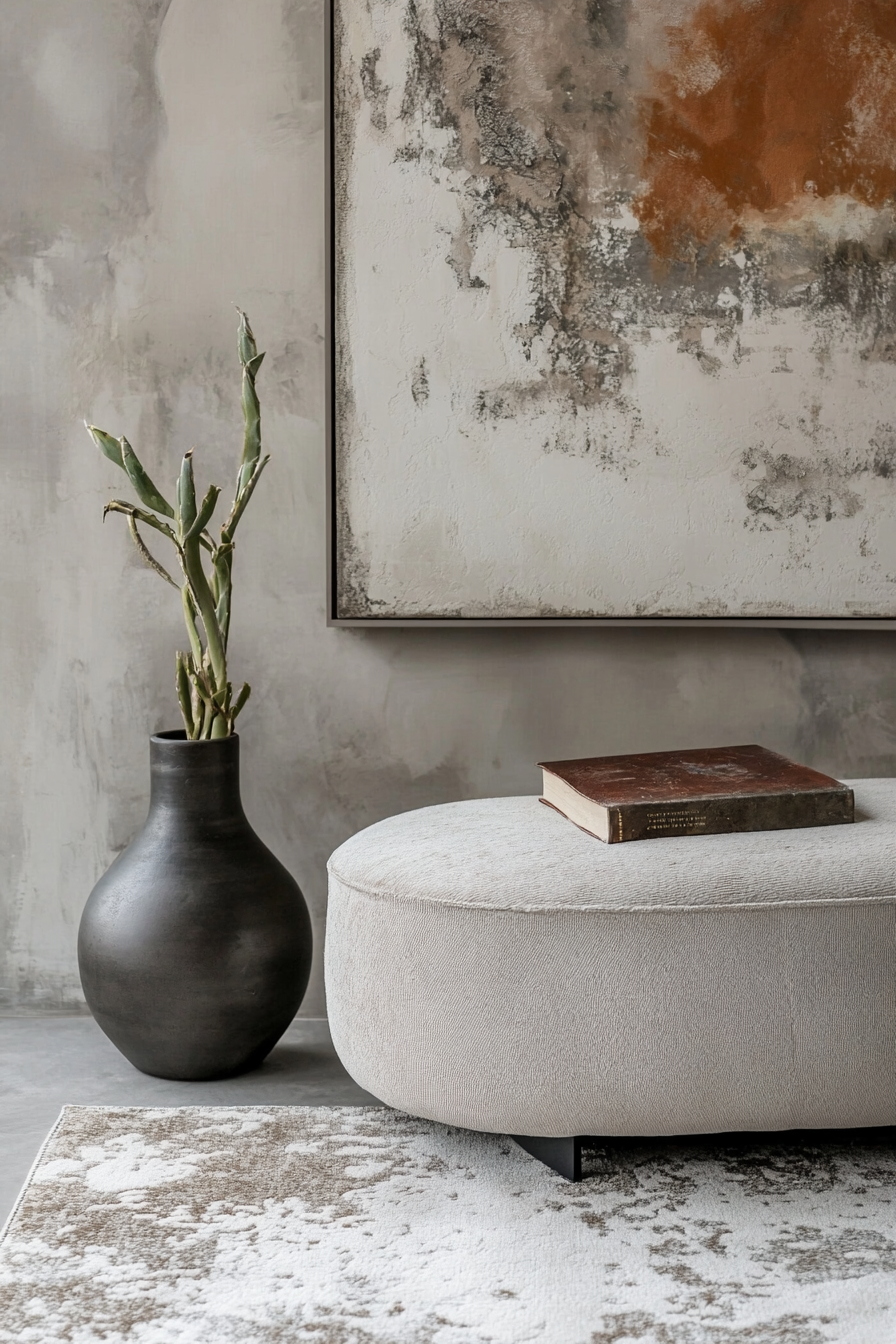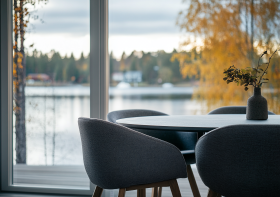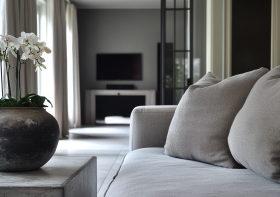The Rise of Biophilic Design – Bringing the Outdoors In
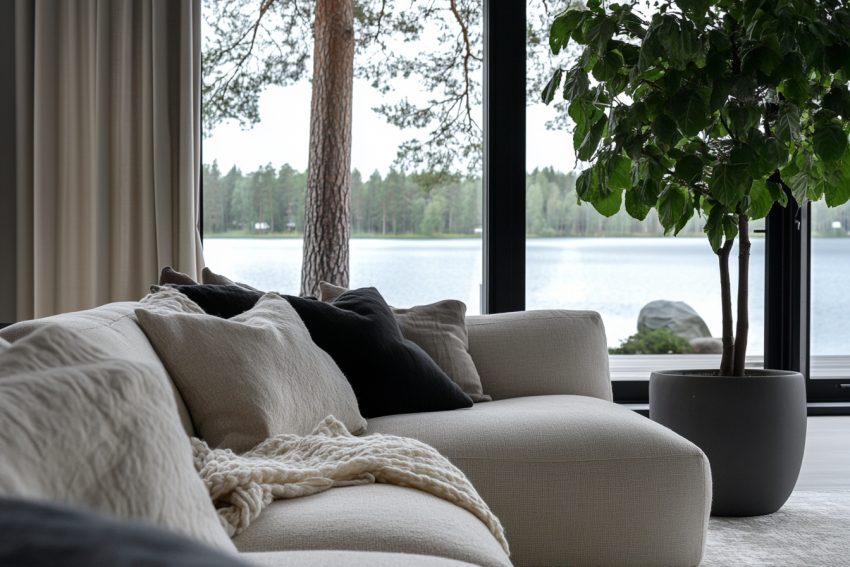
In the fast-paced modern world, the connection between nature and well-being is more cherished than ever, leading to the rise of biophilic design in home interiors. This design philosophy centers around the idea of bringing the outdoors in, enhancing connectivity with nature through architectural and interior choices that promote health, environmental sustainability, and emotional well-being. Here’s how biophilic design is transforming homes and why it’s becoming a crucial element in contemporary living spaces.
Understanding Biophilic Design
Biophilic design goes beyond merely adding plants to your space. It involves incorporating natural elements in a way that creates a more inherent connection to nature. This can be achieved through the use of natural lighting, natural materials, vegetation, nature views, and other experiences that mimic the outdoors. The goal is to enhance the human-nature interaction in everyday settings, particularly where we live and work.
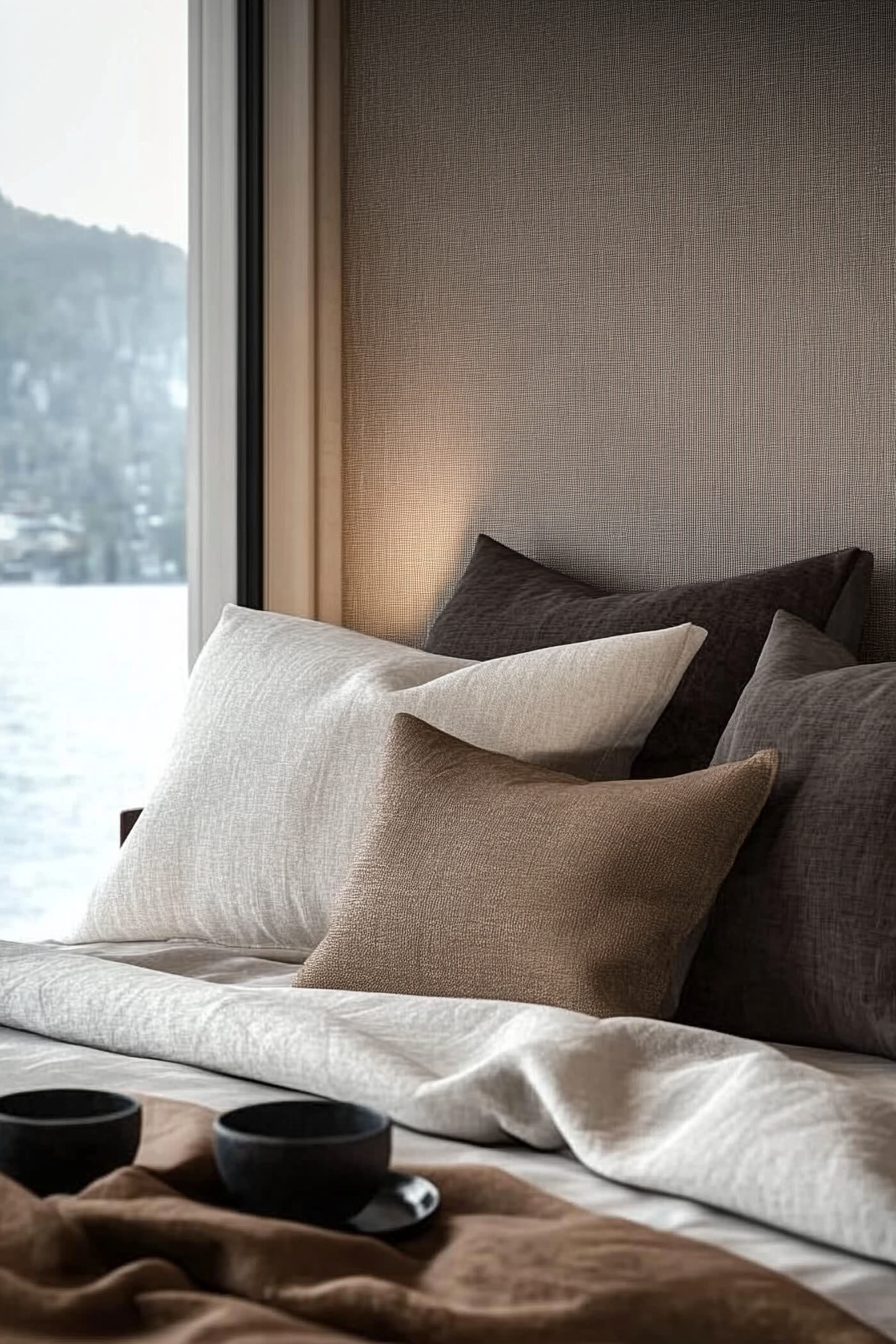
Health Benefits
Studies have shown that integrating natural elements into home interiors can significantly improve mental health, reduce stress, enhance creativity and clarity of thought, and boost our mood and well-being. By incorporating aspects of biophilic design, homeowners can create spaces that not only look beautiful but also actively contribute to their health and emotional resilience.
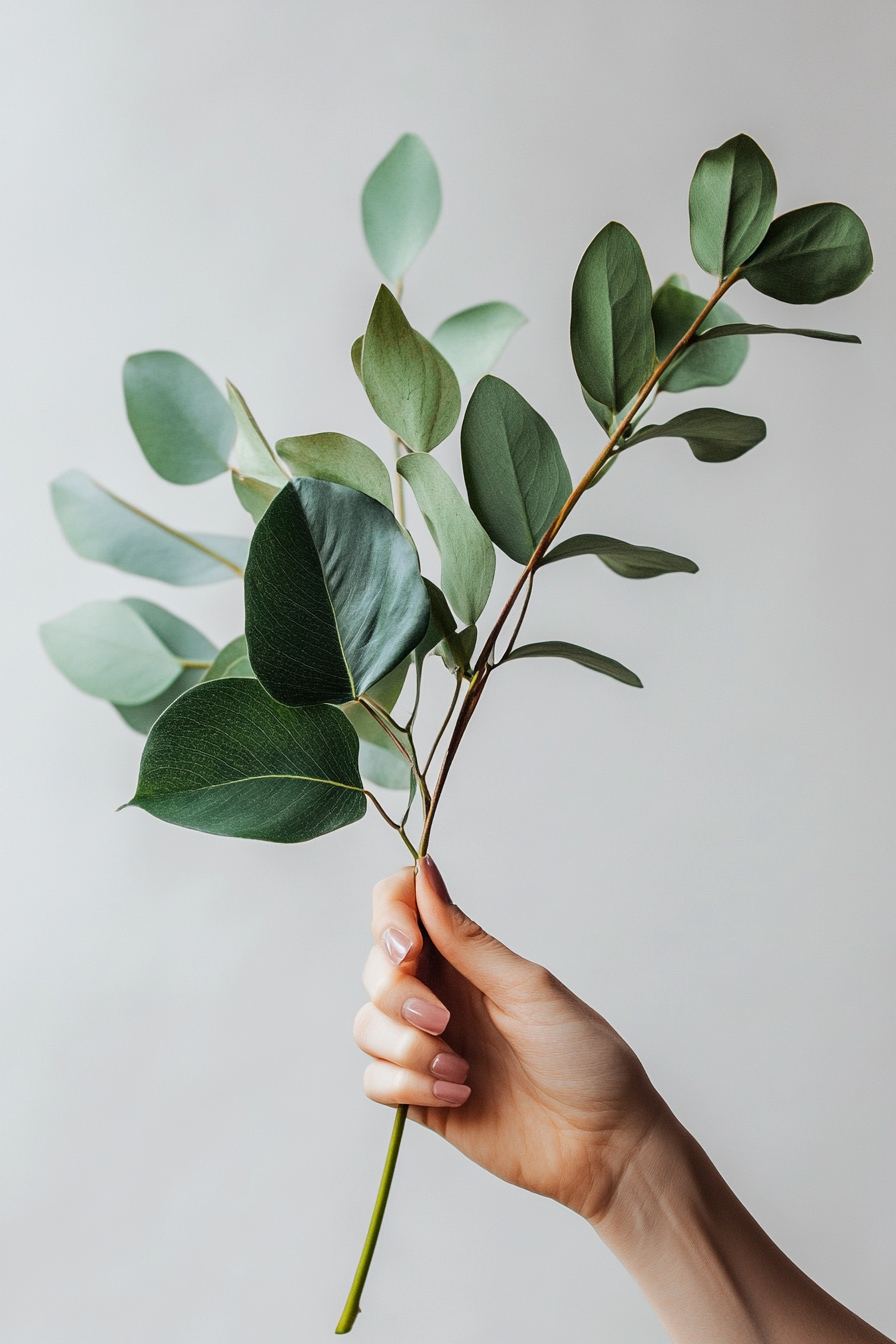
Natural Materials
One of the key aspects of biophilic design is the use of natural materials. Wood, stone, bamboo, and other natural materials are not only sustainable but also help create a sense of calm and grounding in the home. Flooring, wall coverings, furniture, and decorative accents made from natural materials can help bring the textures and colors of nature into your living environment.
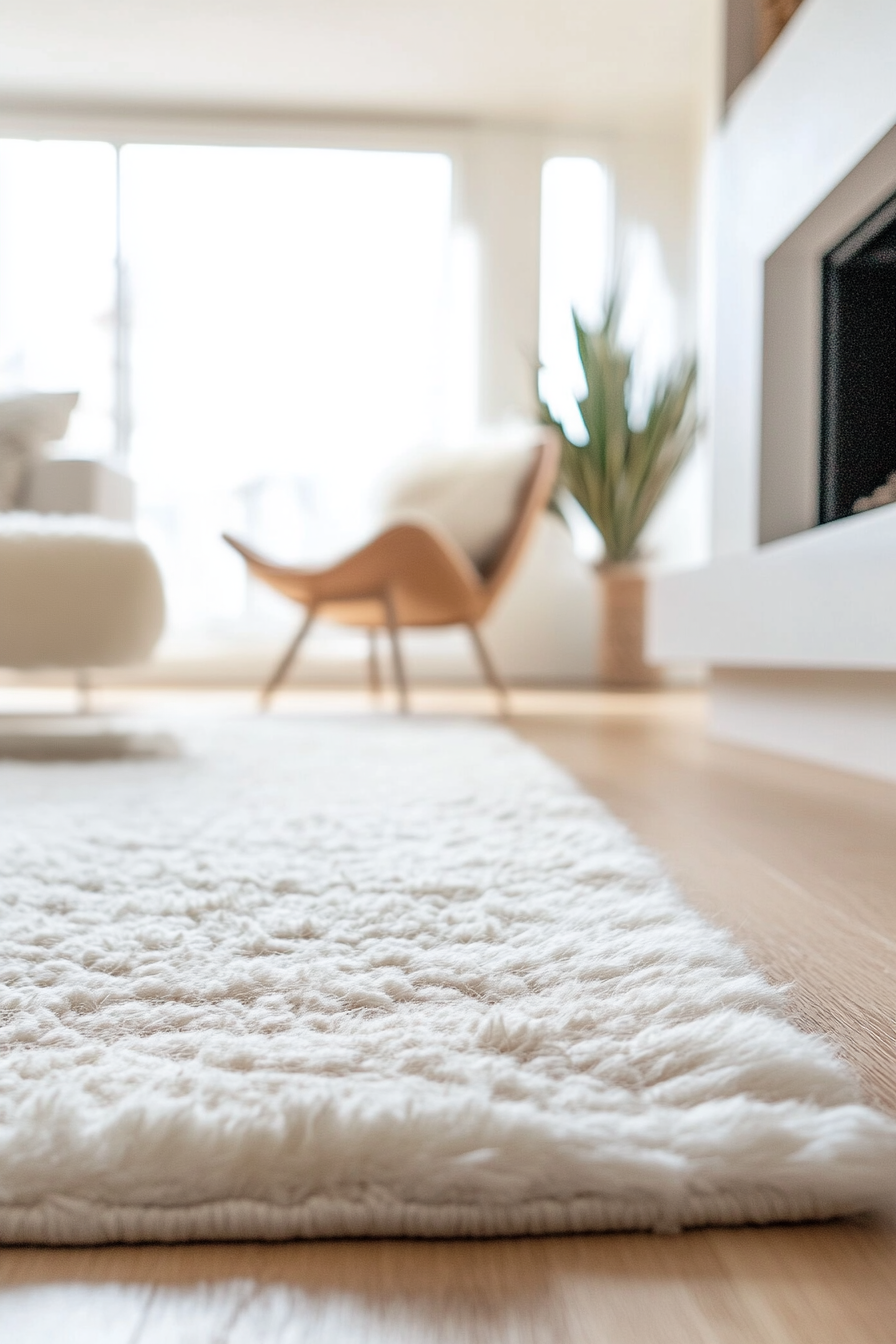
Incorporating Plants
Plants are perhaps the most obvious and vital components of biophilic design. Beyond their aesthetic value, they improve air quality, reduce noise levels, and have been proven to enhance mood and productivity by reducing stress. Vertical gardens, potted plants, herb gardens in the kitchen, and large indoor trees can transform an interior space physically and psychologically.
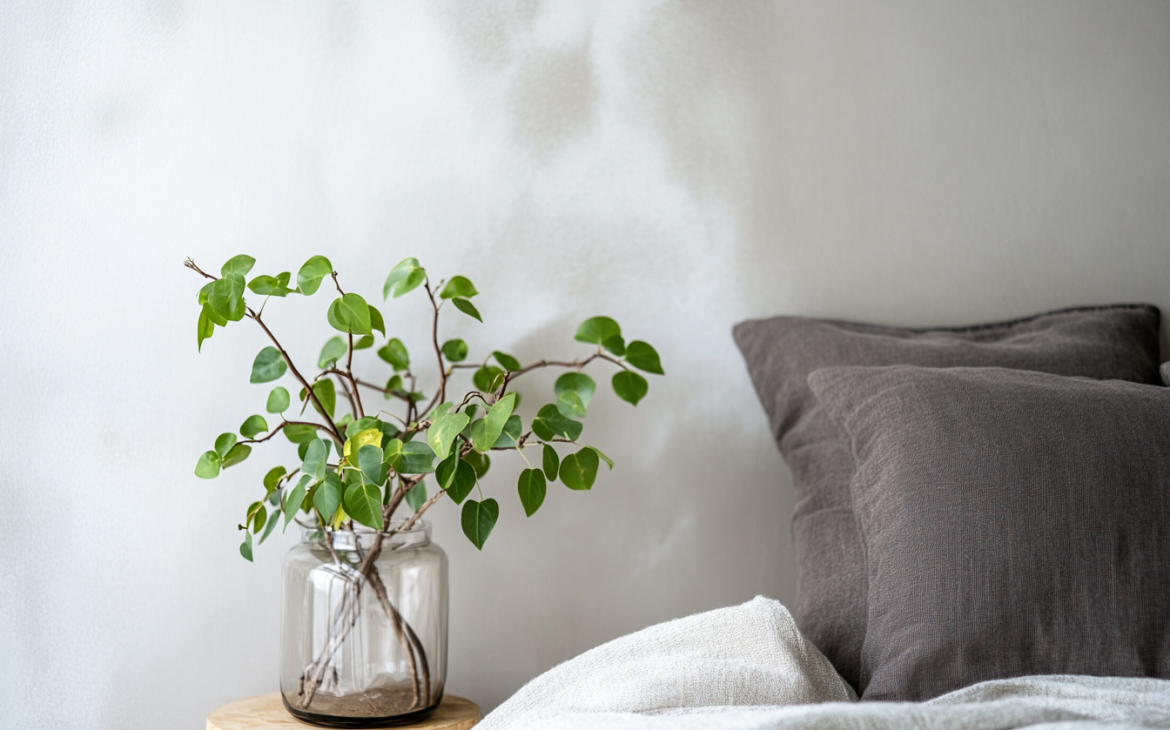
Maximizing Natural Light
Access to natural light is crucial in biophilic design. Large windows, skylights, and glass doors that offer views of the outside world can significantly increase your connection to nature. Properly planned natural lighting not only saves energy but also helps regulate the body’s circadian rhythms, improving overall wellness.
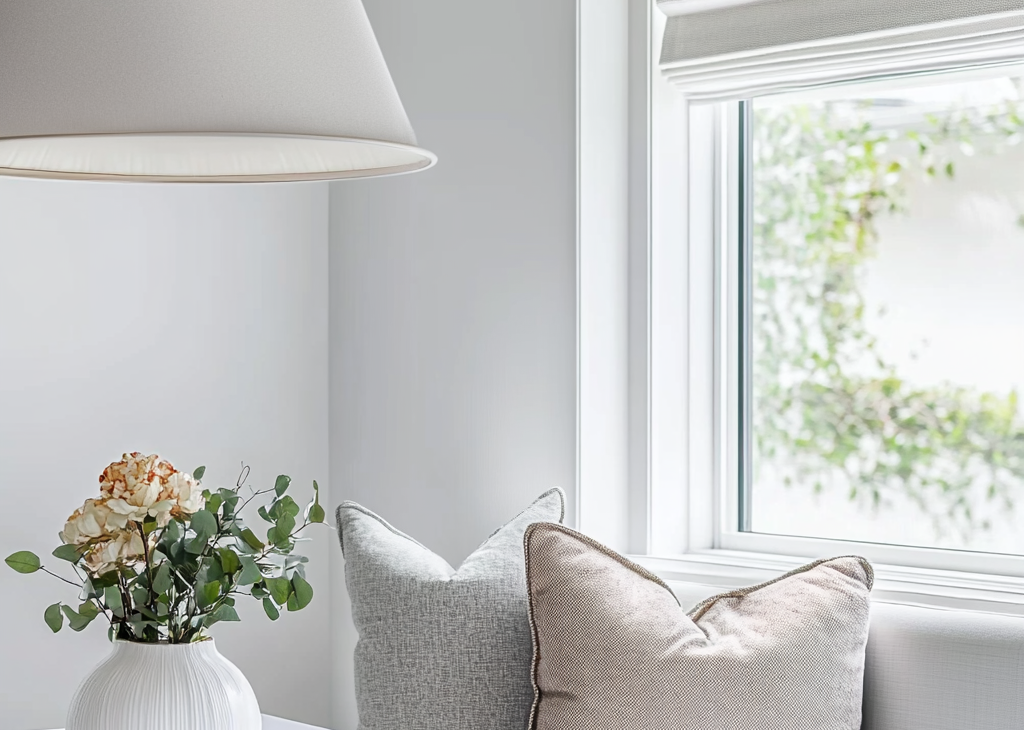
Water Features
The sound of water is profoundly soothing and can be integrated into home interiors through small fountains, water walls, or aquariums. These features add a dynamic and refreshing element to the home, creating a serene atmosphere that mimics the calming effect of being near natural water bodies.
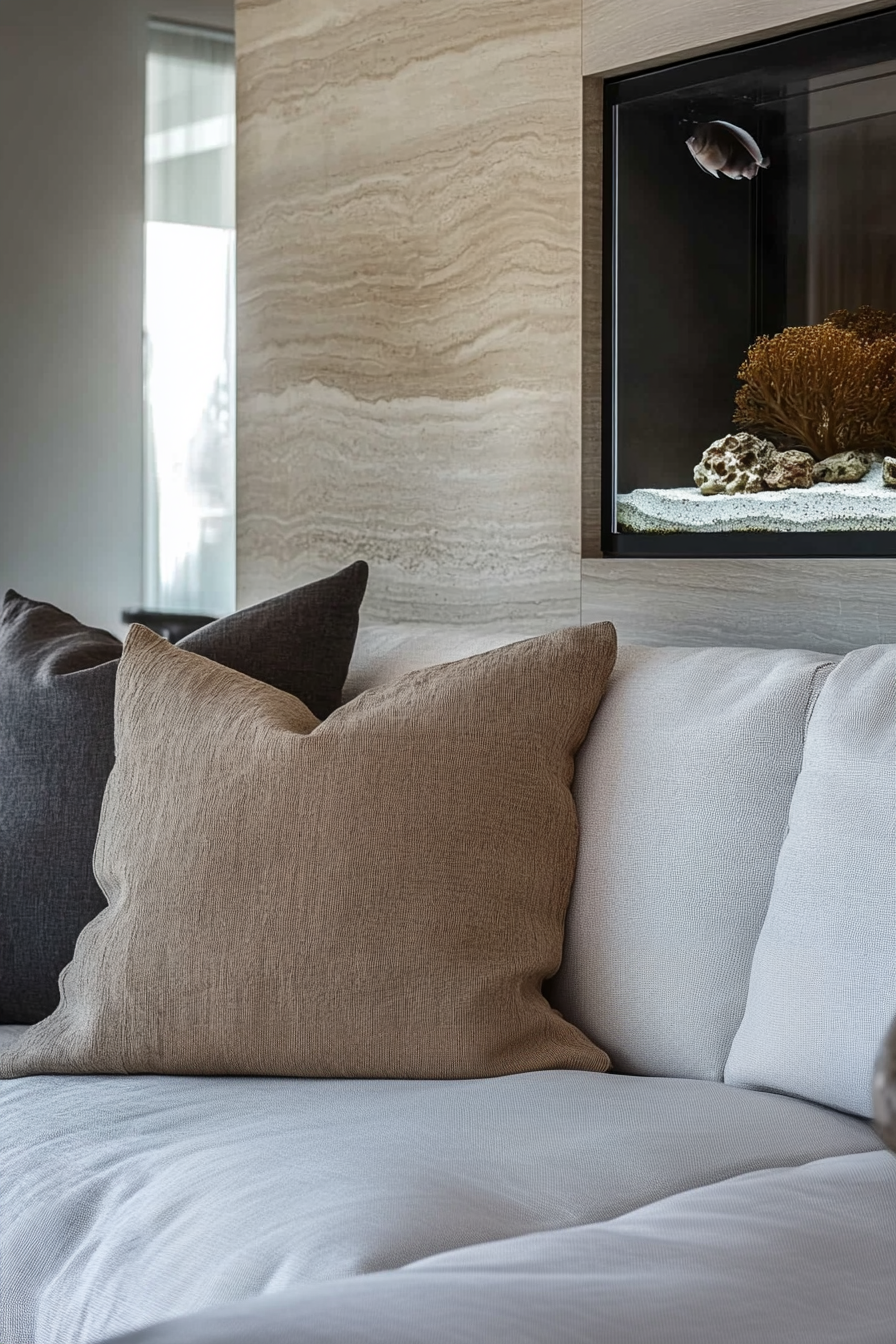
Natural Colors and Patterns
Using a palette inspired by the natural world can further enhance the biophilic design of a home. Earth tones, greens, blues, and neutrals can be complemented with patterns and textures that reflect the natural environment, such as floral or leaf patterns, stone textures, or wood grains.
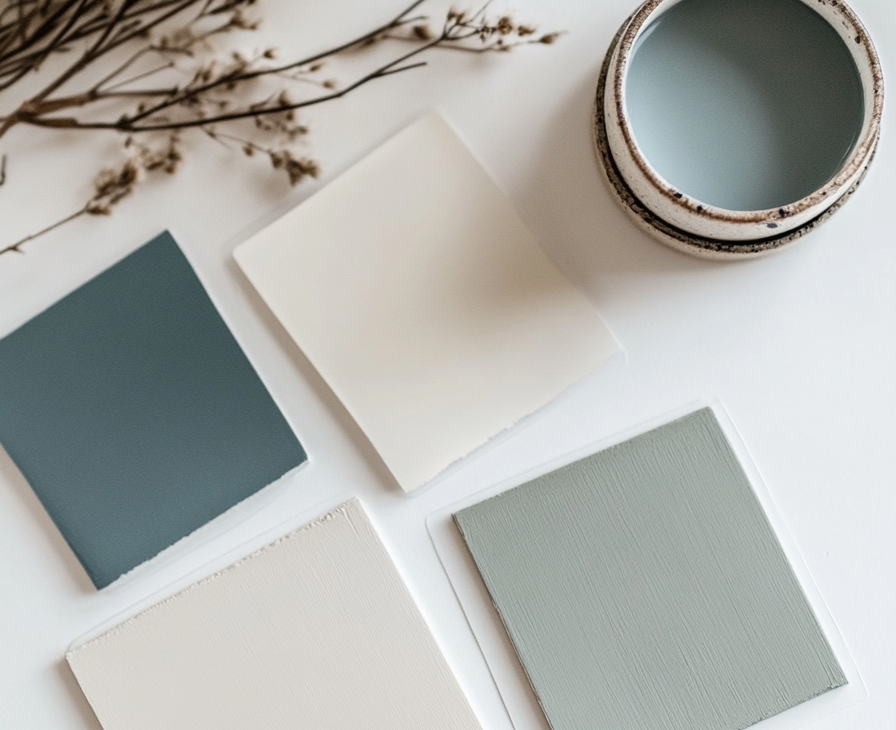
Views of Nature
Where possible, orienting the layout of rooms to maximize views of nature outside can enhance the biophilic quality of your space. If direct views of nature are not possible, realistic photographs or large-scale murals of natural scenes can serve as a visual connection to the outdoors.
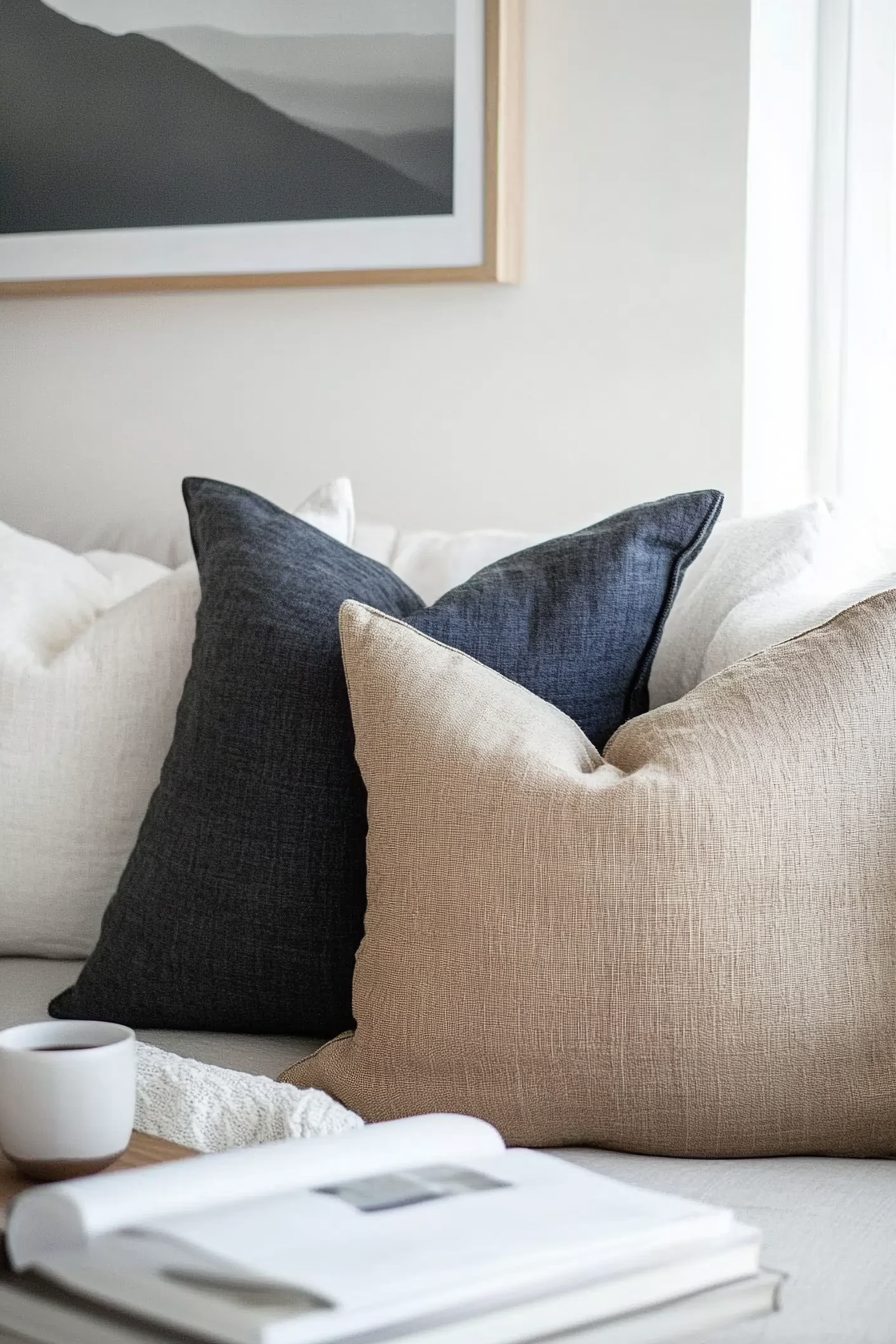
Sensory Elements
Biophilic design also includes tactile and olfactory elements. Incorporating elements that engage all the senses—such as soft natural fabrics, essential oil diffusers with forest or floral scents, and nature sounds—can enhance the feeling of being connected to the natural world.
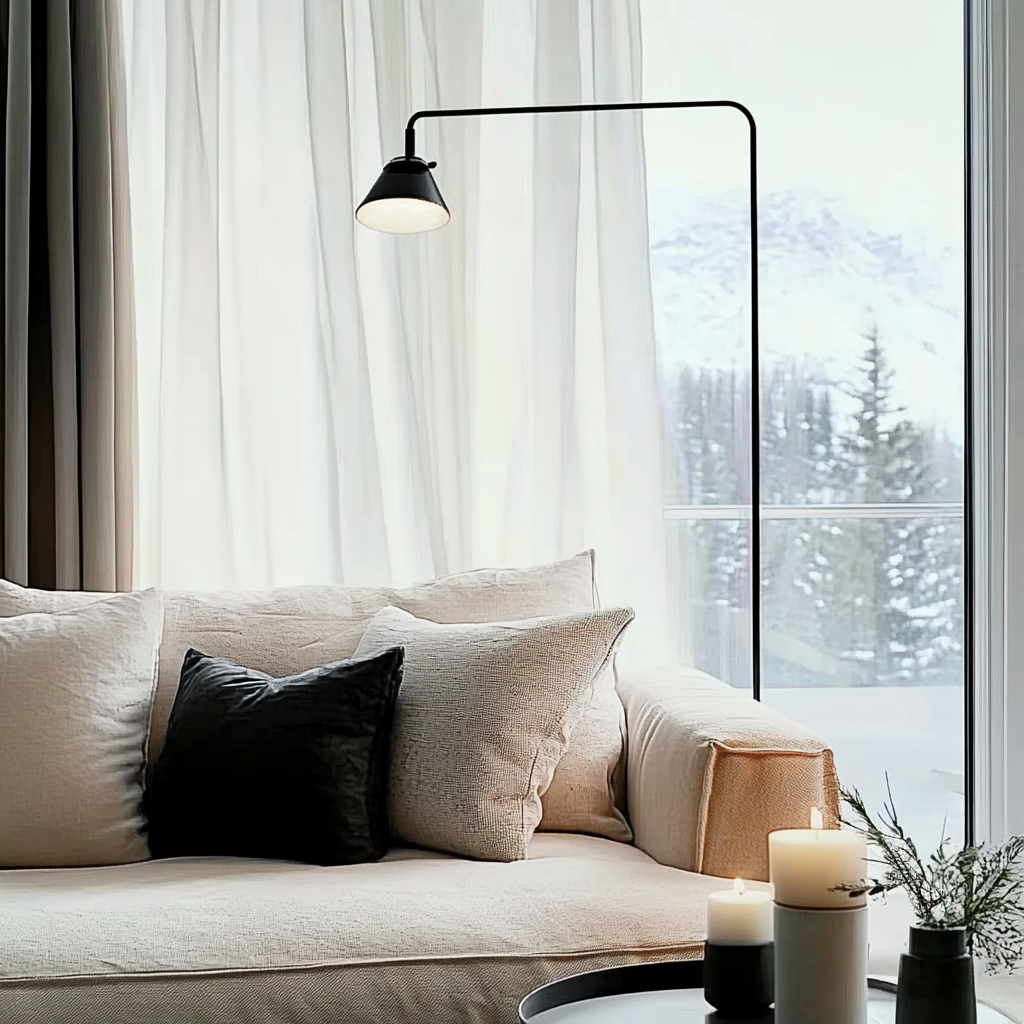
As more individuals recognize the profound benefits of incorporating nature into their living environments, biophilic design is set to become a cornerstone of modern interior design practices. By fostering a deeper connection with nature, biophilic design transforms homes into more nurturing, healthful, and rejuvenating spaces.
To deepen your understanding of crafting unique and personalized spaces, consider acquiring my book, A Guide to Home Design, available on Amazon. This guide offers a comprehensive exploration of various design principles tailored to distinct environments, providing you with the knowledge and inspiration needed to transform any space. If you want to learn more about the colors in Interior design, buy my book Color theory in interior design from Amazon.
